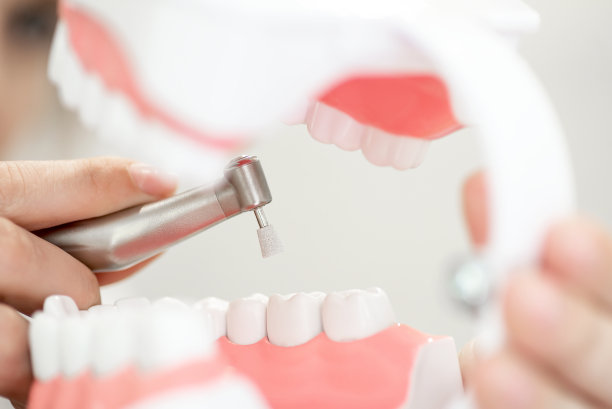A Comprehensive Guide to Understanding the Process and Aftercare of Extracting a Tooth for Optimal Oral Health
Summary: Extracting a tooth is an essential dental procedure that can significantly enhance ones oral health. This article provides a comprehensive guide on the entire process of tooth extraction and emphasizes the importance of aftercare for optimal healing. We will explore four key aspects: understanding the reasons for extraction, the procedure itself, managing pain and complications, and essential aftercare strategies. By following this guide, patients can ensure a smooth extraction experience and better long-term oral health.
1. Understanding the Reasons for Extraction

Tooth extraction may be necessary for various reasons, including decay, infection, or overcrowding. When a tooth is severely decayed or damaged beyond repair, extraction may be the best solution to prevent further complications, such as abscess formation or the spread of infection.
In some cases, overcrowding can hinder proper dental alignment. Orthodontic treatments often require the removal of one or more teeth to create adequate space for other teeth to shift into their correct positions. This helps achieve a more balanced smile and functional bite.
Furthermore, wisdom teeth frequently cause issues due to their late emergence and limited space in the jaw. Many dentists recommend extraction to prevent potential pain, infection, or misalignment of neighboring teeth, thus safeguarding overall oral health.
2. The Tooth Extraction Procedure Explained
The tooth extraction procedure generally begins with a thorough examination by a dentist or oral surgeon. X-rays may be taken to assess the tooth’s position and determine the most effective extraction method. Understanding the specific circumstances surrounding each case is crucial for a smooth extraction.
Once prepared, local anesthesia is administered to numb the area around the tooth. In cases of surgical extraction, sedation may also be used for patient comfort. The dentist will then use specialized instruments to loosen and remove the tooth carefully.
Post-extraction, the dentist may place sutures if necessary. The healing process for tooth extractions usually takes a few days, but complete recovery may take weeks depending on individual circumstances and any complications that arise during or after the procedure.
3. Managing Pain and Complications During Recovery
Effective pain management following an extraction is crucial to support recovery. Over-the-counter pain relievers, such as ibuprofen or acetaminophen, can help alleviate discomfort. Following the dentists recommendations regarding medication dosage and frequency is essential to ensure a smooth healing process.
Patients should also watch for signs of complications, including excessive bleeding, abnormal swelling, or sharp pain after the first few days. If these symptoms arise, it is crucial to return to the dentist promptly. Early intervention can significantly reduce the risks of further complications.
Hydration and rest are also vital during the recovery phase. Patients are advised to avoid strenuous activities and stay hydrated as the body works to heal the extraction site. Refraining from consuming hot, spicy, or crunchy foods will also prevent irritation and support better healing.
4. Essential Aftercare for Optimal Healing
Post-extraction aftercare is essential in ensuring successful healing. It begins with following the dentist’s aftercare instructions, which typically include avoiding rinsing the mouth vigorously for the first 24 hours. This helps prevent the dislodgement of the blood clot that forms at the extraction site.
Ice packs can be used to reduce swelling during the first day after the procedure. Applying ice for periods of 15-20 minutes can help manage discomfort and swelling effectively. Additionally, maintaining a soft-food diet as suggested during the initial recovery phase is crucial for comfort.
Maintaining good oral hygiene is also important post-extraction. While gentle brushing is encouraged to keep the mouth clean, it is vital to avoid direct contact with the extraction site for the first few days. Patients should also keep an eye on the healing progress and return for a follow-up consultation, if necessary, to ensure everything is healing correctly.
Summary:
In conclusion, understanding the process of tooth extraction, from its necessity to proper aftercare, can significantly enhance the patient’s dental experience. Adequate knowledge helps prepare individuals for both the procedure and the subsequent healing period, ensuring optimal oral health in the long run. Following the guidelines set forth in this article provides a roadmap for a successful extraction and recovery.
This article is compiled by Vickong Dental and the content is for reference only.



